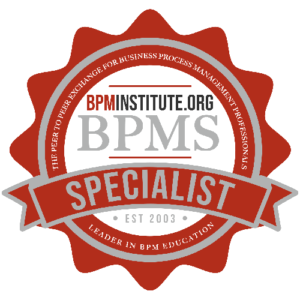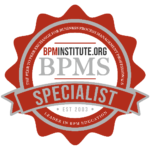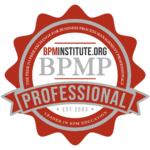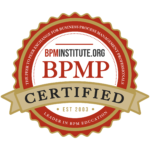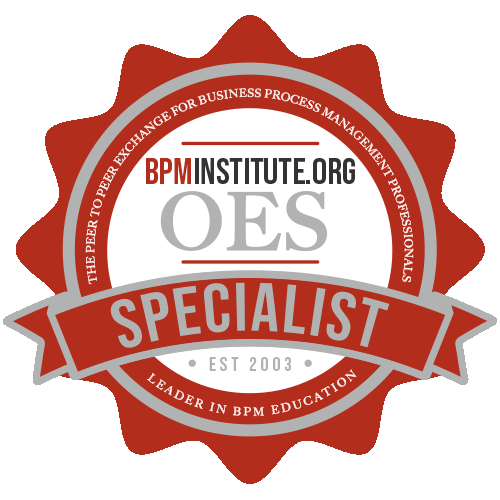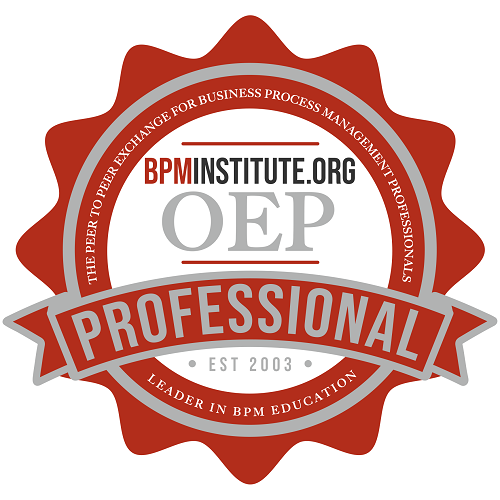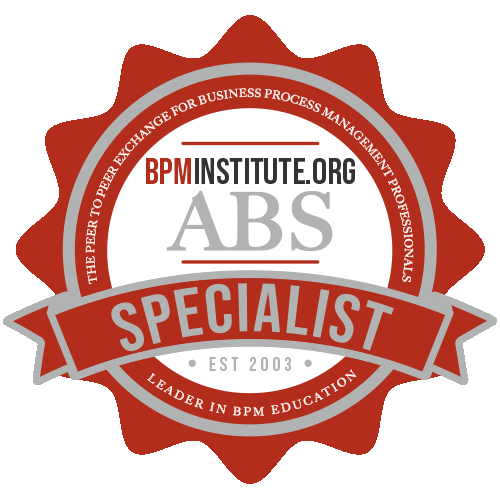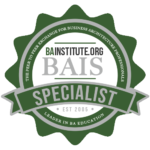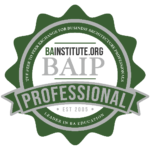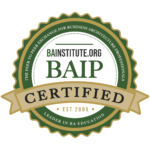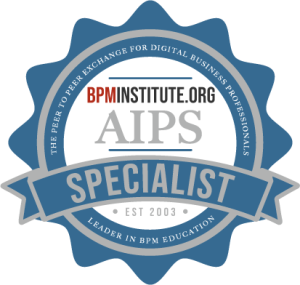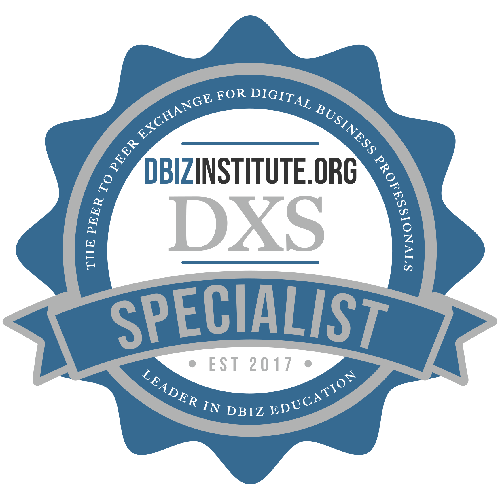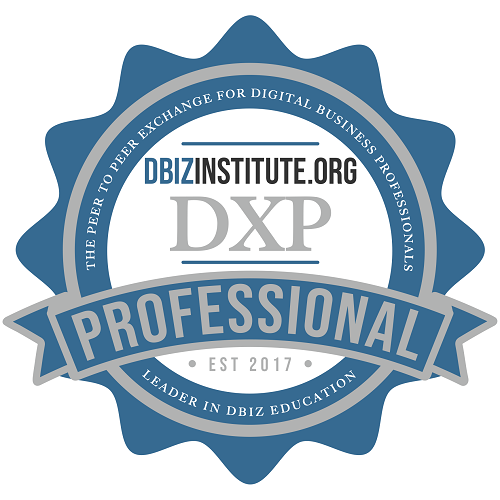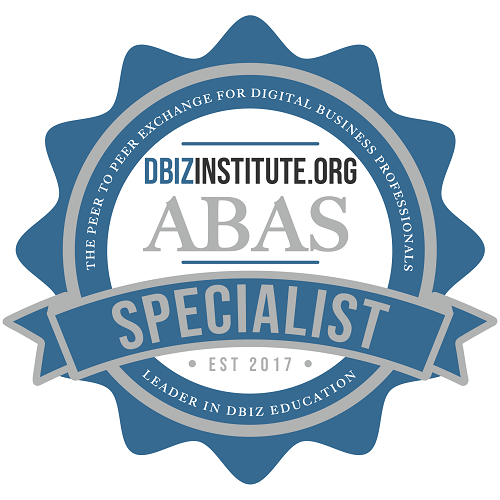How to Use AI to Document Business Processes (Even Without a Tech Stack)
Documenting business processes is foundational to process improvement — but it’s often the first thing that gets skipped when deadlines loom. Whether you’re prepping for automation, compliance, onboarding, or just getting clarity, having clear and accurate process documentation is critical.
In this article, we’ll show you how to use AI to document business processes using tools you already have — like ChatGPT. You don’t need to be a data scientist or have access to automation platforms. With the right inputs and a few tested prompts, you can speed up discovery and documentation — no integration or BPM tool required.
Why Documentation Falls Behind
Process professionals are often spread thin. By the time discovery is done and analysis begins, creating formal documentation feels like a chore. Many practitioners:
- Start from a blank page every time
- Rely on outdated SOPs that don’t reflect current practice
- Struggle to reconcile inconsistent inputs from stakeholders
But what if you could use ChatGPT for process mapping and documentation — to speed things up without sacrificing clarity?
Getting Started with AI-Powered Documentation
You don’t need a tech stack or complex workflow tools to get started. Here’s what to do:
- Gather Your Inputs
These can include:
- Meeting transcripts
- Process notes from workshops
- Project kickoff documents
- SOPs, training materials, or job aids
- Role descriptions or onboarding docs
Even messy or informal text works — GenAI tools can extract structure from it.
- Prompt to Extract Process Steps
Here’s a working prompt that’s been field-tested:
“Based on the following notes, identify the steps in the process, who performs each step, what decisions are made, and any approvals needed. Organize it clearly.”
If you’re documenting a known process:
“Turn this list of process steps into a formatted SOP including: Purpose, Scope, Roles, Step-by-Step Instructions, Exceptions.”
You can also tailor for specific roles:
“Reformat this for use by a team lead overseeing this process.”
How This Helps You
Using AI to document business processes saves you:
- Hours of formatting and structuring content manually
- Time chasing stakeholders for clarifications
- Headaches starting from scratch every time
And using ChatGPT for process mapping creates:
- Better alignment across teams
- Faster onboarding for new staff
- Clearer insights during analysis and redesign
Mistakes to Avoid
While GenAI is a huge timesaver, here’s what to watch for:
- Don’t assume accuracy: Validate every draft with a SME or process owner.
- Don’t skip structure: You still need clear sections (e.g., Purpose, Roles, Steps).
- Don’t let AI invent steps: If it’s missing info, go back to the source material.
Real-Life Scenario
During AI for Process course development, one practitioner shared how she used ChatGPT to document her organization’s leave request process. With only a rough policy doc and scattered emails, she prompted ChatGPT to create a step-by-step guide and then iterated with her HR partner. What used to take two weeks now takes two days — and her team now reuses the prompt for every new SOP.
Final Thoughts
Using AI to document business processes — especially with ChatGPT — is one of the most accessible and practical ways to bring AI into your daily work.
You don’t need a fancy tech stack or expensive automation platform. You just need:
- Real-world process knowledge
- Messy but usable content
- A smart, repeatable prompt
Start there, and you’ll save hours — and produce clearer, more consistent documentation every time.




